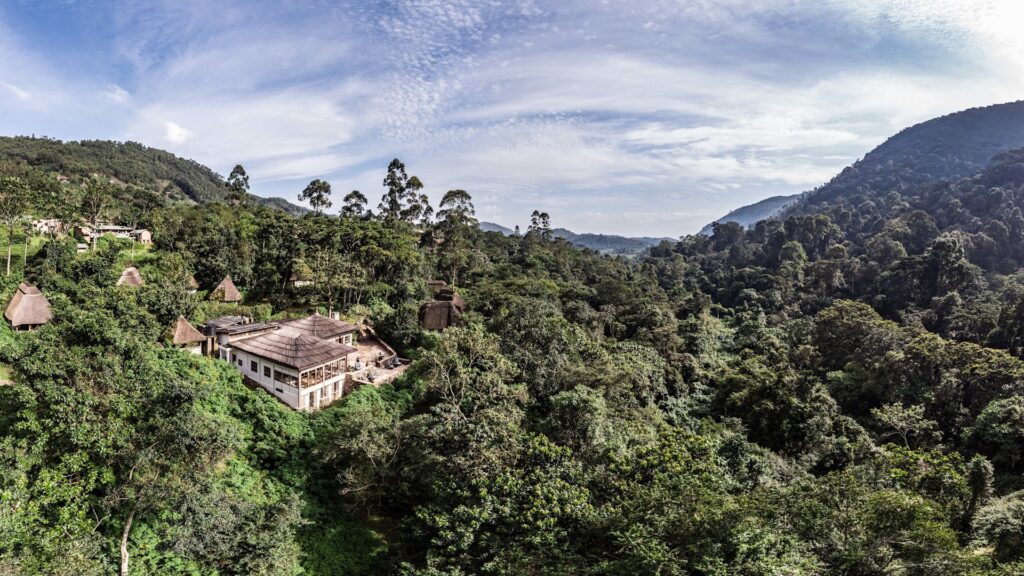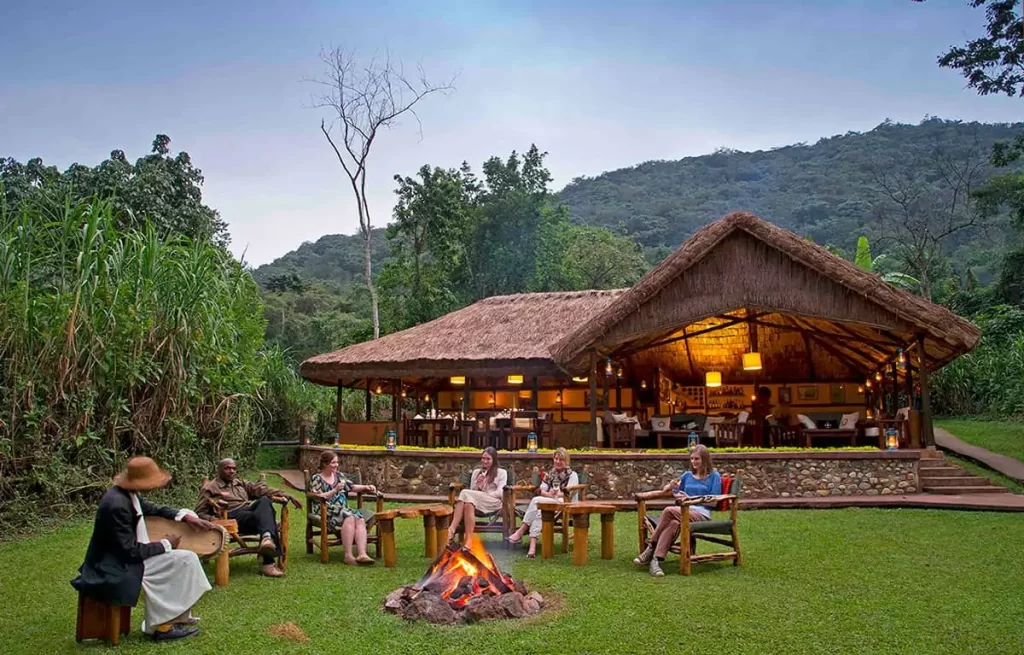Several safety guidelines for gorilla trekking have been put in place to guide tourists on how to go about the exercise without endangering the animals as well as themselves.
The different safety measure put in place for gorilla trekking are set by different authorities in charge of wildlife and tourism. These include Uganda Wildlife Authority (UWA) in Uganda, Rwanda Development Board (RDB) in Rwanda and Institut Congolais pour la Conservation de la Nature (ICCN) in DR Congo.
Gorilla trekking is an exciting activity which involves interactions with the gorillas in their natural habitat and it can be done in destinations such as Volcanoes national park in Rwanda, Bwindi impenetrable national park and Mgahinga national park in Uganda and also in the Virunga national park in Democratic Republic of Congo.
Even before taking part in the gorilla trekking exercise, in any of the countries, certain precautions are taken including being in good health to avoid spreading diseases like cough and flu to the gorillas. A gorilla permit in Uganda cost $700, $1,500 in Rwanda and $400 in the Democratic Republic of Congo. These permits can be booked online through licensed tour operators in the different countries.
Children below the age of 15 years are not allowed to engage in gorilla trekking and this is another rule put in place to be followed for purposes of safety during gorilla trekking. Forms of identification such as passports are required when booking the gorilla permits for purposes of verification of information provided.
A briefing is also done as part of ensuring that tourists are aware of what to do and not to do during the gorilla trekking experience and to keep them safe during their encounter with the gorillas. This briefing is done by the park officials at the park headquarters before the tourists start their activity.
For national parks such as Bwindi national park which has different sectors for gorilla trekking such as Buhoma sector, Rushaga sector, Ruhija sector , Nkuringo sector, tourists are briefed at the different park offices in each sector before embarking on the gorilla trek in the Bwindi forest.
Safety guidelines
- Maintaining a safe distance of about 7 meters from the gorillas during the gorilla trek is part of the rules set for gorilla tours.
This means that visitors can still enjoy seeing the gorillas and observing their behavior closely.
- Avoiding direct eye contact with the gorillas. This helps to ensure that gorilla don’t feel threatened which may cause them to charge and attack visitors.
- Eating or drinking in the presence of gorillas is prohibited. This helps to ensure that gorillas don’t get access to human food which may endanger them.
- Using flash photography is prohibited during gorilla trekking as it can scare away the gorillas or cause them to charge which is risky. Tourist can still record videos and photos of the gorillas during the gorilla trek as long as flash mode is not on.
- Maintaining silence while in the presence of gorillas is also highly recommended.
- Moving with the rest of the group and not straying alone in the forest is also important for safety purposes during gorilla trekking. This is because visitors risk getting lost in the forests if they move on their own.
- Visitors are also encouraged to follow their guides and rangers while trekking gorillas. These keep informing trekkers on what they have to do and guiding them to where their allocated gorilla group is. Rangers are armed to ensure the safety of tourists.
These rangers also provide information about the gorillas and the national parks during the gorilla trek and they are well-versed in the behavior of gorillas and the nature of the terrain of the habitat of the gorillas. Rangers also help to interpret gorilla behavior during the gorilla trekking experience.
Gorilla trekking is generally a safe experience because the gorillas undergo a habituation experience which gets them used to the presence of humans in their habitat and during the treks, tourists interact with habituated gorilla groups.
Preparation is also important for a successful gorilla trekking experience and also helps to keep visitors safe. This is because having the right equipment for the trek such as comfortable hiking shoes, long sleeved trousers and shirts, sunhats, sunscreen, insect repellant, rain jackets among others can protect the tourist from the sun, rain and also insect bites.
Considering the nature of terrain where the gorillas are found, tourists are also encouraged to prepare physically because the duration of gorilla trekking is unpredictable to avoid fatigue during the activity and to explore the forests and steep slopes safely.
The Ranger guides are also trained in first aid and are equipped to handle emergencies that may arise during the gorilla trek which helps to ensure that the tourists are safe when encountering the gorillas in the wild.
For safety in terms of weather conditions, it is advisable to engage in gorilla trekking during the dry season around June to October and January, February and December when the trails are in good condition for the treks as compared to when it rains and the trails become slippery. However, trekking poles are also provided to support the visitors during their gorilla trekking experience even when it rains.


